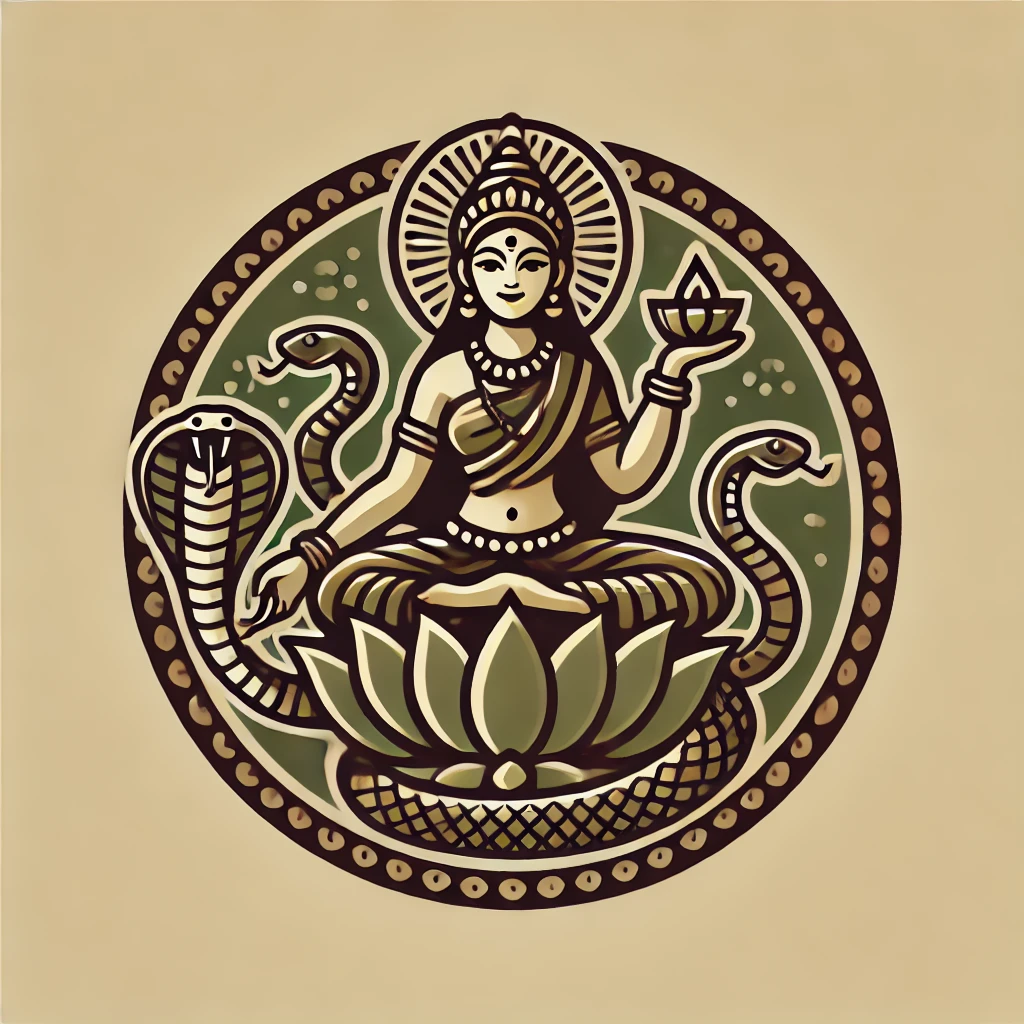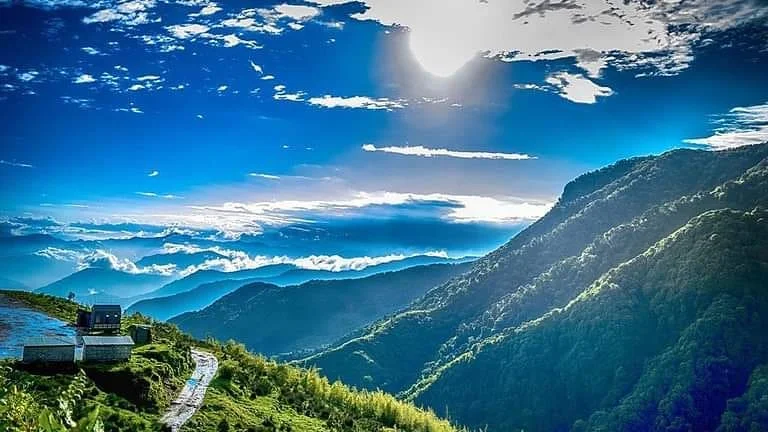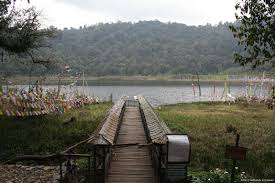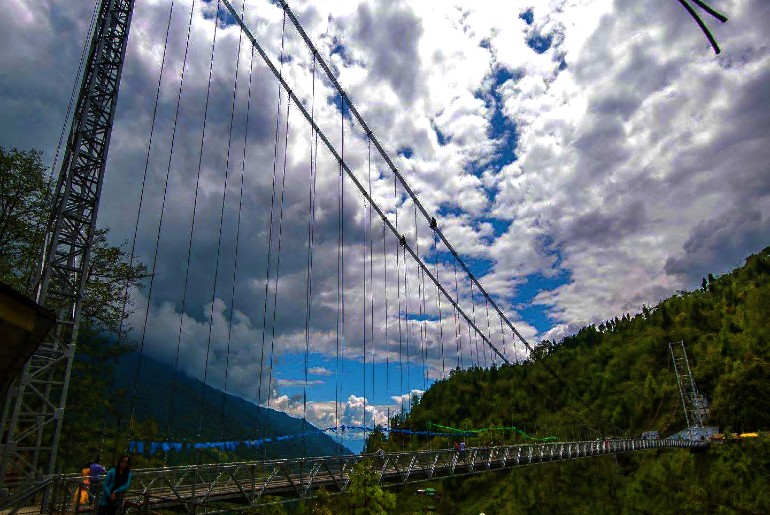History of Sikkim and Its Tourism
Sikkim, nestled in the eastern Himalayas, has a rich history and vibrant culture. Originally inhabited by the Lepcha people, Sikkim later saw the influence of Tibetan Buddhism and became a Buddhist kingdom under the Namgyal dynasty in the 17th century. It was integrated into India as its 22nd state in 1975. Today, Sikkim is a hub for eco-tourism, spiritual retreats, and breathtaking Himalayan landscapes.
Culture of Sikkim
Sikkim boasts a unique cultural heritage shaped by the coexistence of Lepcha, Bhutia, and Nepali communities. Buddhism and Hinduism are the predominant religions, and vibrant festivals such as Losar, Saga Dawa, Dasain, and Tihar are celebrated with zeal. The state is also known for its traditional attire, music, and dances like the Maruni and Singhi Chham.
Tourist Attractions in Sikkim
Sikkim’s allure lies in its serene monasteries, snow-capped peaks, lush valleys, and glacial lakes. Below are some must-visit attractions:
Tsomgo Lake
Situated at an altitude of 12,400 feet, Tsomgo Lake is a glacial lake surrounded by majestic mountains. During winter, the lake freezes completely, offering an ethereal view.
Gangtok
The capital city, Gangtok, is a bustling town with a blend of modernity and tradition. Popular attractions include MG Marg, Rumtek Monastery, and the Flower Exhibition Centre.
Nathu La Pass
Located on the Indo-China border, Nathu La is a high-altitude pass offering stunning views of the Himalayan ranges. It also holds historical significance as part of the ancient Silk Route.
Yumthang Valley
Known as the “Valley of Flowers,” Yumthang is a paradise for nature lovers. The valley comes alive during spring with vibrant rhododendrons and other alpine blooms.
Pelling
Pelling is famous for its panoramic views of the Kanchenjunga range. Attractions include the Pemayangtse Monastery, Rabdentse Ruins, and the Sky Walk.
Gurudongmar Lake
At an altitude of 17,800 feet, Gurudongmar Lake is one of the highest lakes in the world. Its turquoise waters set against the stark Himalayan backdrop make it a spiritual and scenic wonder.
Namchi
Namchi, in South Sikkim, is known for its iconic Char Dham and the towering statue of Guru Padmasambhava at Samdruptse Hill.
Sikkim Weather
Sikkim’s weather varies dramatically across seasons, making it a year-round destination for different experiences:
Spring (March to May)
The temperature ranges from 5°C to 15°C. This is the best time to see blooming rhododendrons and enjoy the scenic beauty of Sikkim.
Summer (June to August)
With temperatures between 10°C to 20°C, summer is pleasant but sees moderate rainfall. The valleys look lush and green during this season.
Autumn (September to November)
This is the peak tourist season with clear skies, breathtaking views of the Himalayas, and temperatures between 7°C to 17°C.
Winter (December to February)
Temperatures can drop to -5°C in high-altitude regions. Snowfall in places like Yumthang and Tsomgo Lake attracts winter enthusiasts.
Best Time to Visit Sikkim
The ideal time to visit Sikkim is from March to May for its blooming flowers and vibrant landscapes, or from September to November for clear skies and mesmerizing Himalayan views.
Things to Do in Sikkim
Trekking
Sikkim offers several trekking routes such as the Goechala Trek, Dzongri Trek, and the Green Lake Trek.
River Rafting
Experience the thrill of white-water rafting on the Teesta River and Rangit River.
Paragliding
Fly above the scenic hills of Gangtok for an adrenaline-pumping adventure.
Visit Monasteries
Explore the peaceful Rumtek, Pemayangtse, and Tashiding Monasteries to soak in the spiritual aura.
Shopping
Buy traditional handicrafts, woolen carpets, and Thangka paintings from local markets like MG Marg in Gangtok.
Sikkim’s Famous Food
The local cuisine of Sikkim is a delightful mix of Nepali, Tibetan, and Lepcha flavors. Popular dishes include:
- Momo: Steamed dumplings filled with meat or vegetables.
- Thukpa: A Tibetan noodle soup perfect for the cold weather.
- Gundruk: A fermented leafy green vegetable dish.
- Sel Roti: A traditional Nepali rice doughnut.
- Chhurpi: A local cheese that is both hard and soft in texture.
How to Reach Sikkim
By Air
The nearest airport is Bagdogra Airport (IXB), around 124 km from Gangtok. Sikkim also has its own airport, Pakyong Airport, which offers limited connectivity.
By Rail
New Jalpaiguri (NJP) is the closest railway station, about 120 km from Gangtok.
By Road
Sikkim is well-connected by road to Siliguri, Darjeeling, and other parts of West Bengal. Shared jeeps and private taxis are the most common means of transportation.
Reasons to Visit Sikkim
With its enchanting landscapes, rich cultural heritage, and tranquil environment, Sikkim is a perfect destination for nature lovers, adventure seekers, and spiritual travelers alike.





